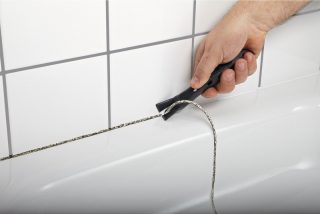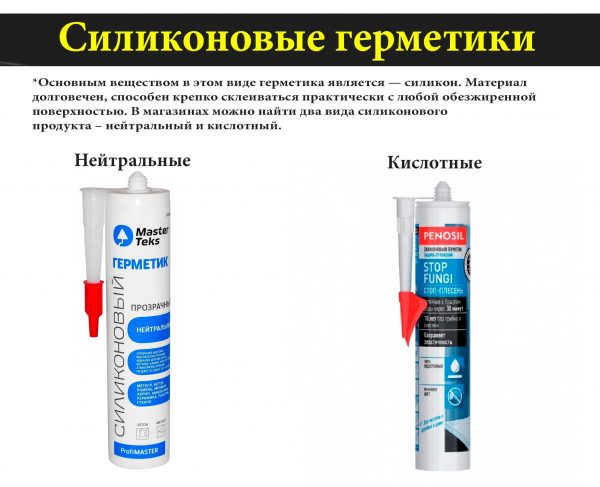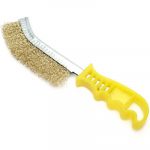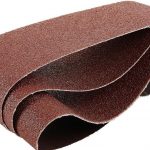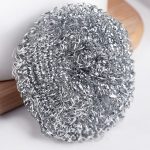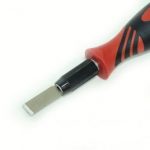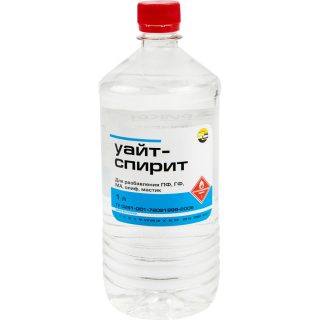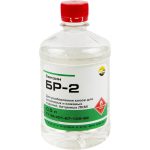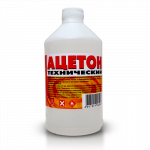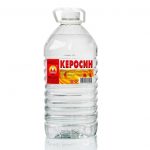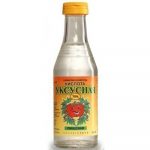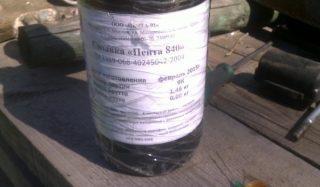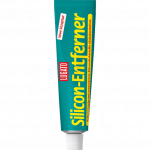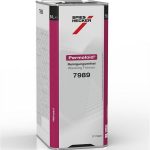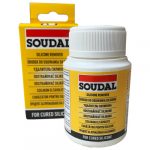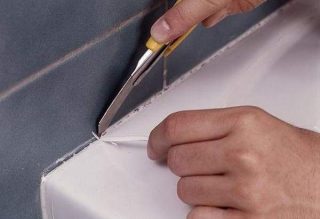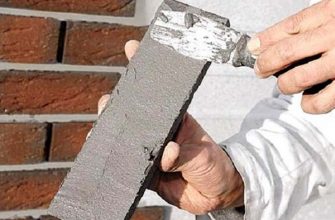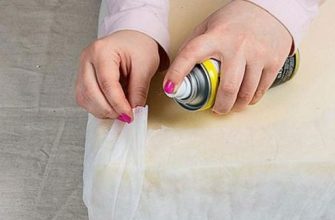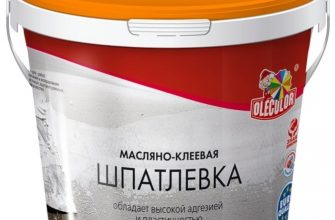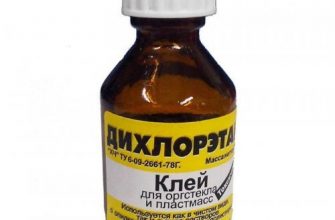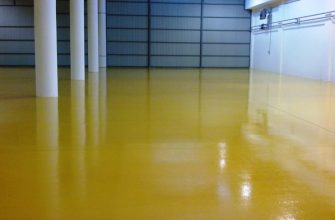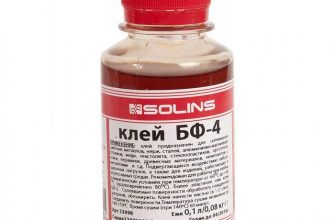The most durable and resistant sealant loses its qualities over time. Such a composition must be removed, since it no longer protects against moisture, does not hold the parts together and does not heat insulate. To remove the sealing inter-tile material, special tools and techniques are required.
Methods for removing sealant
To choose the right remover, you need to consider type of sealant.
- Acid - includes acetic acid, used for sealing joints in wood, ceramic and plastic structures. Not suitable for materials containing cement, as well as for metal, glass and natural stone, as it corrodes them.
- Alkaline - includes amines. It is usually used in industrial conditions and belongs to special ones. To remove it, only special chemical agents are needed.
- Neutral - a universal sealant suitable for sealing joints and joints between any materials. Instead of acid, it includes ketones or alcohol. The composition is waterproof, durable, not inferior to polyurethane and bitumen.
The type of silicone sealant affects the choice of chemical remover. The well-known principle is observed: like dissolves like.
Mechanical
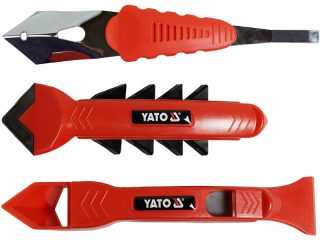
Most often, this solution is resorted to when using neutral sealant... It dissolves worse, but its residues are easier to remove mechanically. For this you will need the following devices:
- Sponge - regular and metal... If the seams are shallow, this is sufficient, because the excess is removed by simple rubbing. Sponges are used if the sealant is old and begins to crumble.
- Iron brush - it is used when the joint is deep or the joint has a complex shape. The bristles of the brush penetrate better into the gap.
- Sandpaper - used when the product needs to be removed from a flat area. It can only be used on hard surfaces. Do not remove sealant residues from plastic or soft acrylic conglomerate in this way. There remain scratches, scuffs, in which the fungus later multiplies.
- Plastic scraper - option for soft surfaces. It does not damage plastic and wood, but it removes dried sealant quite effectively.
- Screwdriver and knife - clerical, corner, special. Tools are required when the compound is not old enough to become brittle, and the seam filled with it is quite deep. In this case, it is literally cut out.

Chemical
- To eliminate the remnants of the composition acid-based, take 70% vinegar essence... Since it is she who is used in the manufacture of the product, the addition of acid in a large volume allows the sealant to dissolve almost completely.
- Alkaline composition removed with alcohol: white spirit, acetone, solutions of technical or medical alcohol. Even strong moonshine will do.
- Neutral the sealant is removed with a neutral solvent: gasoline, kerosene, acetone.
The solution is applied with a pistol directly to the joint sealed with a sealant, or after moistening the tampon abundantly, wipe the surface with it. Leave for 10-15 minutesfor the chemical reaction to take place. Remove the remnants of the product with a sponge or rag. Repeat the procedure if necessary.
If the seam is deep, the chemical method is combined with the mechanical one. First, the joints are treated with alcohol or kerosene, and then the softened sealant is scraped off with a knife, scraper or brush.
Industrial
- Penta-840 - a universal option, suitable for removing heat-resistant sealant from tiles, metal, tiles, acrylic. The product can be used at low temperatures and in the sun. Penta-840 liquefies cured materials, even in thick layers, after which the remains can be easily removed with a rag.
- Silicone remower - gel remover. Designed to remove silicone immediately after curing before the sealant has lost its properties. The gel is applied only to a dry surface. Dissolves residues in 10 minutes.
- Lugato Silicon Entferner - pasty composition. Suitable for removing fresh and hardened sealant from delicate surfaces - plastic, acrylic, natural and artificial stone, glass. Thins the sealant without affecting the base material.
- Permaloid - liquid for removing sealant from plastic and metal surfaces. Dissolves the material completely. Mechanical cleaning is not required here.
How to apply the product and in what cases is described in detail in the instructions.
Cleaning various surfaces
For high-quality cleaning of different surfaces, different tools and techniques are used. The choice depends on the resistance of the base material, its porosity and purpose.
Bath
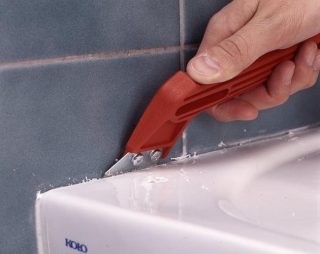
Forelocks choose the right remedy, you need to take into account the material bathroom: acrylic, cast iron, steel.
The acrylic surface is very delicate... The material is soft and easily damaged by mechanical means, so that brushes, iron sponges and abrasive cleaning agents are excluded... You cannot take organic solvents either, since the acrylic conglomerate interacts with many substances. To remove the sealant from the sides of the bathroom, use only special factory solventsrecommended by the manufacturer. On such compositions there is a mark - for an acrylic bath.
Steel and cast iron less demanding. Metal surfaces can be cleaned with brushes, abrasive compounds, scraped with a knife... Residues from a large surface are more convenient to remove sandpaper. You can remove the leftovers folk remedies: Most often it is a combination of a solvent like white spirit or gasoline and table salt.
More often the user deals with enameled bathroom. Material too can be cleaned with abrasive products, with a knife or scraper you cannot... Scratches that are too deep will damage the enamel and the bath may become unusable.
Tile
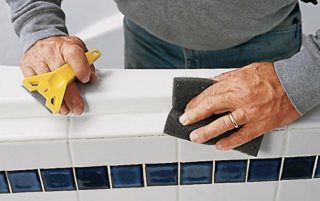
It is not difficult to remove the agent from the tile itself, but in fact it is necessary to remove the sealant from the joints, which is more difficult. For cleaning, take a suitable solvent and tools.
- Cut with a knife or scrape off as many layers as possible from the joint.
- The surface is treated with a solvent.
- Withstand the allotted time until the silicone softens, and then gently scrape off the material with a knife, scraper or spatula.
A brush or a metal washcloth must not be used: the tiles, especially majolica, leave scratches and scuffs.
Glass
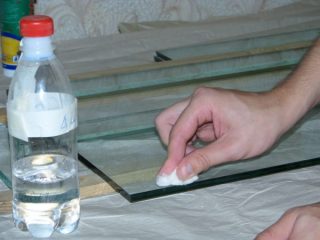
Glass and mirror are delicate materials, as scratches greatly affect its functionality. Brushes, sponges and knives, as well as abrasives of any kind, are excluded.
Silicone warmed up with a hairdryerto achieve maximum drying of the material. Then treated with a solvent, better with white spirit, in extreme cases with vinegar essence. The remains are removed with a sponge moistened with alcohol.
It is better not to use gasoline and kerosene. From it there are multi-colored stains that are difficult to remove.
Plastic
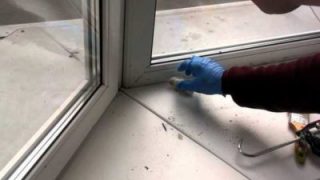
The adhesion of plastic to silicone is not great, so if such a surface is smooth, the remainder of the product can be removed without difficulty. If it is a porous plastic or acrylic composite, you need to be careful.
Protruding mass cut with a knifeand the rest moistened with a suitable solvent... After softening, remove the remnants with a rag or hard napkin.
The same methods are used to clean the laminate, plastic window sill, decking, that is, products that include polymers.
clothing
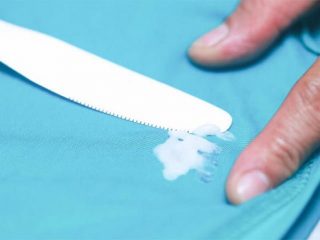
If the sealant gets on your clothing, remove it as fast as possible... But if he managed to freeze, penetrated into the depths of matter, it will not be possible to do this with simple hot water.
Cured composition can be removed with a solvent... The contaminated area is impregnated with the composition, left for 20-40 minutes, and then the mass is scraped off with a brush. The product must be washed after cleaning.

Hand skin
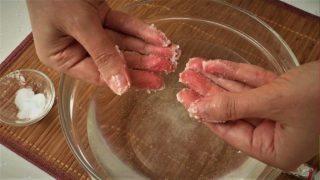
Fresh sealant is removed a piece of polyethylene or cellophane... The film is pressed against the dirt so that the composition sticks, and the polyethylene is carefully torn off along with the silicone.
If the sealant has time to set, add 5-6 tablespoons of salt to 0.5 liters of warm water and keep the hands in the hand solution for 10-13 minutes. If traces remain, rub the skin pumice stone or stiff brush... The sealant can be removed hot oilif it is neutral.
How to clean old sealant
First try to remove the sealant mechanically... The protruding sections are cut with a knife, the mass in the depth of the slot is cut along and across, and the longitudinal cuts are made as long as possible. Then they pick up the material with tweezers or fingers and try to remove it in one motion. With a spatula or scraper, remove stuck strips and sealant residues.
After mechanical cleaning, the areas are applied industrial silicone dissolver and leave for the time specified in the instructions. After softening the silicone, remove it with a flat spatula or brush.
Often, after silicone remains greasy yellow spots... They are removed with a solution laundry soap.

